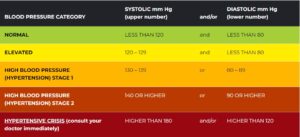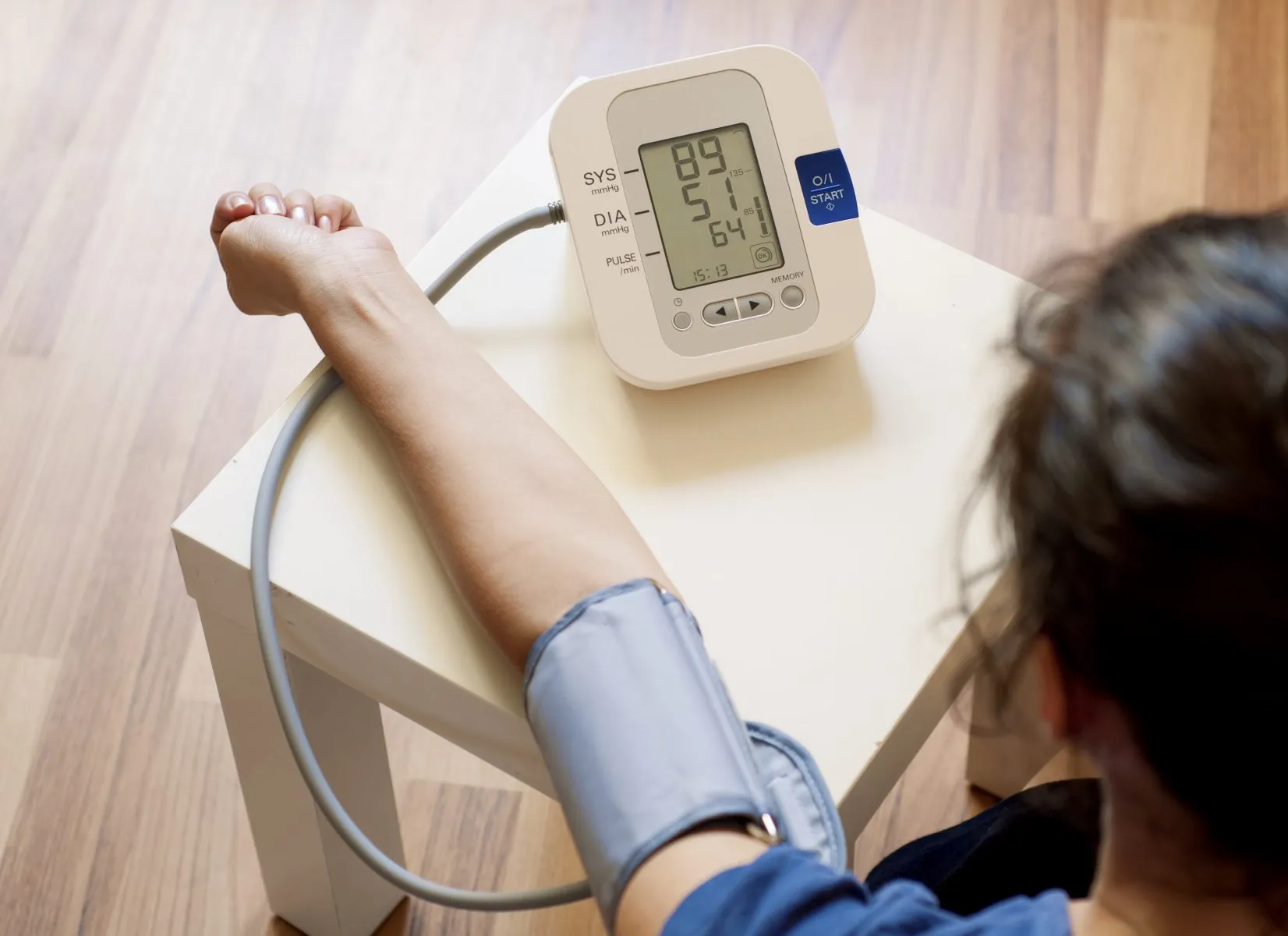What do your blood pressure numbers mean?
The only method to determine if you have hypertension or high blood pressure is to have your blood pressure measured. Understanding your results is essential for controlling hypertension.
Healthy and unhealthy blood pressure ranges
Learn what is considered normal, as recommended by the American Heart Association.

Note: A diagnosis of high blood pressure must be confirmed with a medical professional. A health care professional should also evaluate any unusually low blood pressure readings.
Blood pressure classifications
The American Heart Association identifies the following five blood pressure ranges:
The average
Less than 120/80 mm Hg (millimeters of mercury) is considered to be within the normal range for blood pressure. If your results fall into this category, continue to practice heart-healthy behaviors such as eating a balanced diet and exercising regularly.
Extremely high
When readings consistently range from 120 to 129 systolic and less than 80 diastolic mm Hg, blood pressure is considered to be elevated. People with moderately elevated blood pressure are likely to develop hypertension if no action is taken to control the condition.
Hypertension First Stage
When blood pressure consistently ranges between 130 and 139 systolic or 80 and 89 diastolic mm Hg, Stage 1 hypertension is present. Based on your risk of atherosclerotic cardiovascular disease, or ASCVD, such as heart attack or stroke, health care professionals will likely prescribe lifestyle modifications and may consider adding blood pressure medication.
Stage 2 of high blood pressure
When blood pressure consistently exceeds 140/90 mm Hg, hypertension is considered to be stage 2. At this stage of hypertension, physicians will likely prescribe a combination of blood pressure medications and lifestyle modifications.
Hypertensive emergency
This stage of hypertension necessitates medical attention. If your blood pressure readings abruptly exceed 180/120 mm Hg, you should wait five minutes and then recheck it. If your readings continue to be abnormally high, contact your doctor immediately. You may be experiencing a hypertension emergency.
If your blood pressure is greater than 180/120 mm Hg or if you are experiencing symptoms of possible organ injury, such as chest pain, shortness of breath, back pain, numbness/weakness, a change in vision, or difficulty speaking, you should not wait to see if it lowers on its own. Call 911.
Your blood pressure readings and their significance
Your blood pressure reading consists of two numbers:
- The systolic blood pressure (the first number) indicates the amount of pressure your blood exerts against your artery walls when your heart contracts.
- Diastolic blood pressure (the second number) indicates the amount of pressure your blood exerts against your artery walls when your heart muscle is at rest between contractions.
Which number is the most significant?
In general, systolic blood pressure (the first number) is regarded as a major risk factor for cardiovascular disease in persons over 50. In the majority of individuals, systolic blood pressure consistently increases with age due to the stiffening of large arteries, the accumulation of plaque over time, and the increased incidence of cardiovascular and vascular disease.
Nevertheless, either an elevated systolic or diastolic blood pressure reading can be used to diagnose excessive blood pressure.
